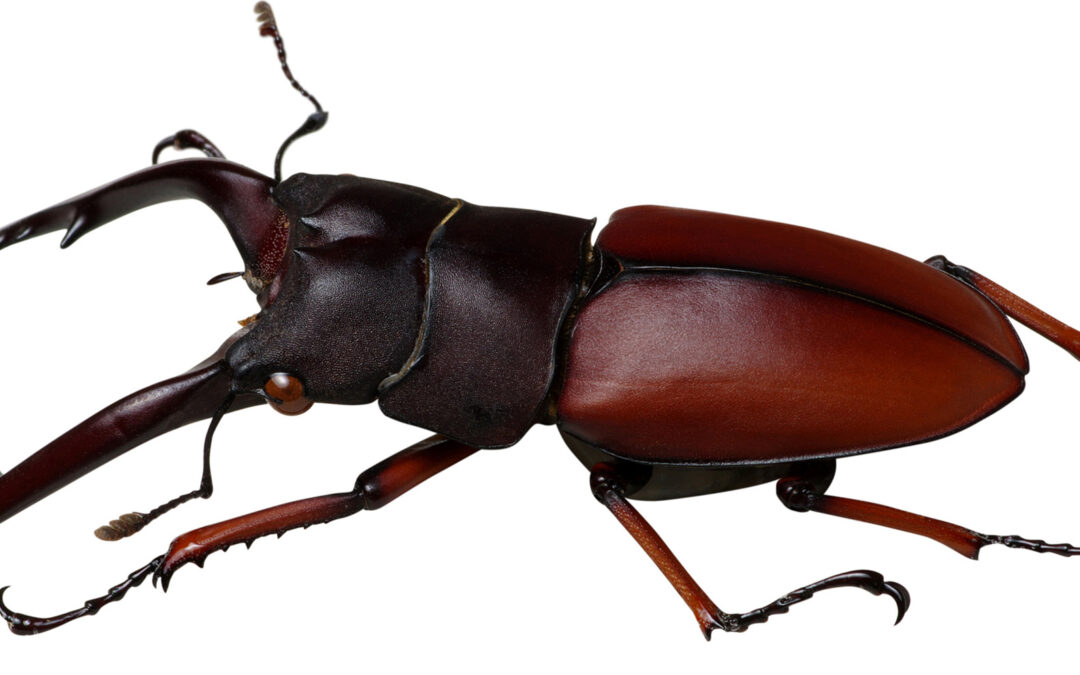
by sniper | Jan 24, 2021 | pests
Longhorn Beetle The Longhorn Beetle has over 1,100 species in America alone. Their name is based on their antennae which are quite long and resemble horns. Sometimes the horns are three times longer than the body of the beetle. The beetles are wider at the...
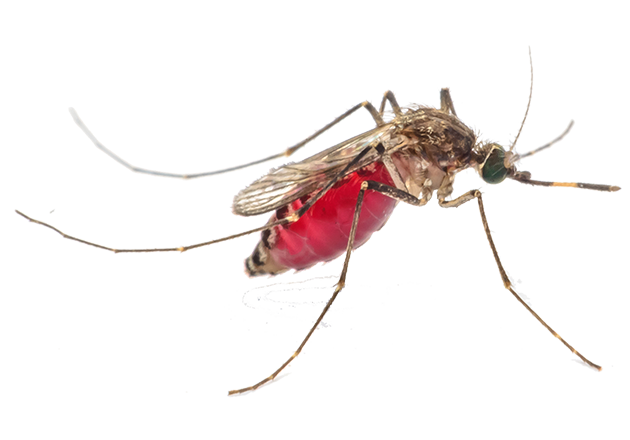
by sniper | Jan 24, 2021 | pests
Mosquitoes Mosquitoes are a group of about 3400 species of small insects that are a type of fly. The Spanish word mosquito means little fly. Fossils of primitive mosquitoes have been found that are over 90 million years old. The life cycle of most mosquitoes consists...
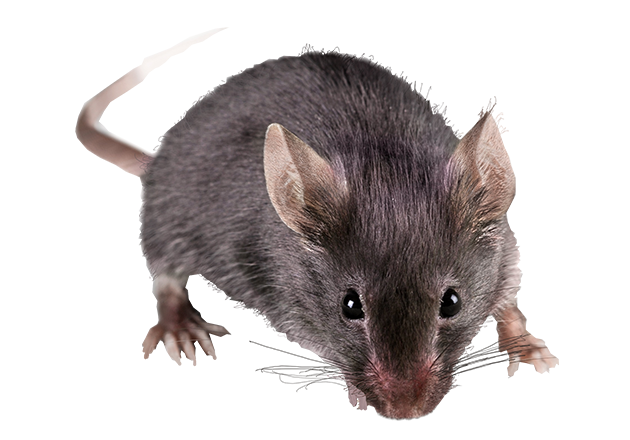
by sniper | Jan 24, 2021 | pests
Common Mouse Mice in most cases are considered vermin which are a major source of crop damage, structural damage and spreading diseases through their feces. Just breathing dust that has come in contact with mouse excrement in some cases has been linked to Hantavirus....
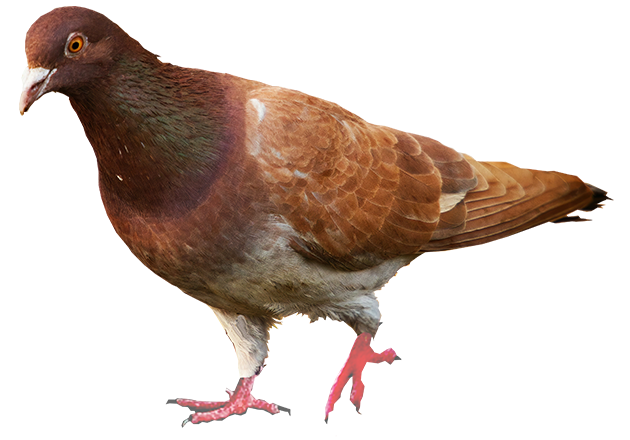
by sniper | Jan 24, 2021 | pests
Pigeons Pigeons are dependent on humans to provide them with food, roosting and nesting sites. They are found around agricultural areas as well as warehouses, feed mills, and grain elevators. They are also commonly found in cities around parks, buildings, bridges, and...
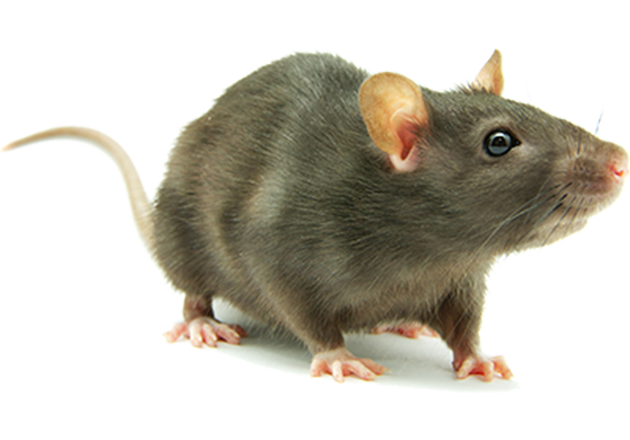
by sniper | Jan 24, 2021 | pests
Rat The most common rat is the Norway rat. Their fur is coarse and mostly brown. Rats are famous for being able to chew through soft concrete, wood, plastic, aluminum, and cinder blocks. Most rats are 8 to 10in in length, with the tail being 7 to 10in. The adult rat...
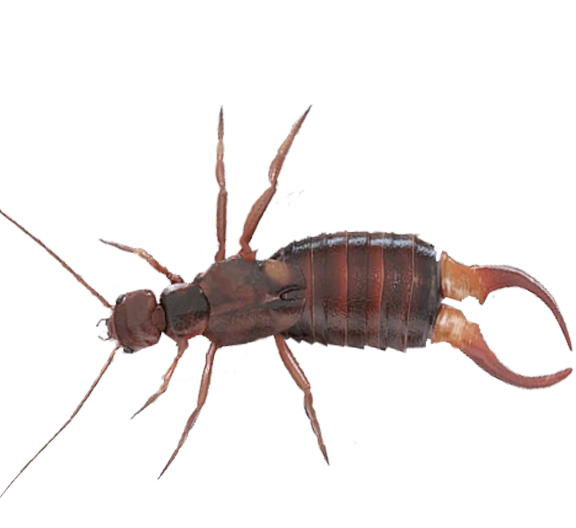
by sniper | Jan 24, 2021 | pests
Earwig These slender red-brown insects with elongated, flattened bodies are distinguished by a pair of sharp pincers at the tail end, which they use for capturing prey and mating. These insects all love dark damp areas. Primarily night feeders, the earwig is...







